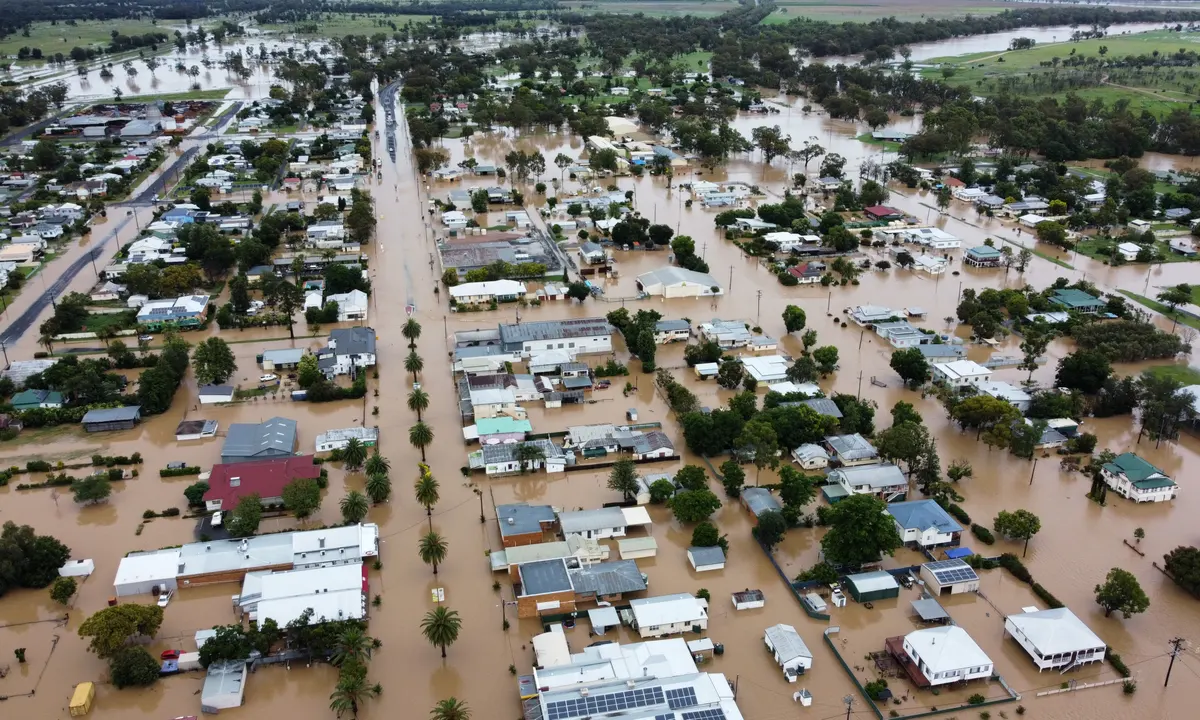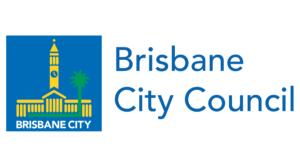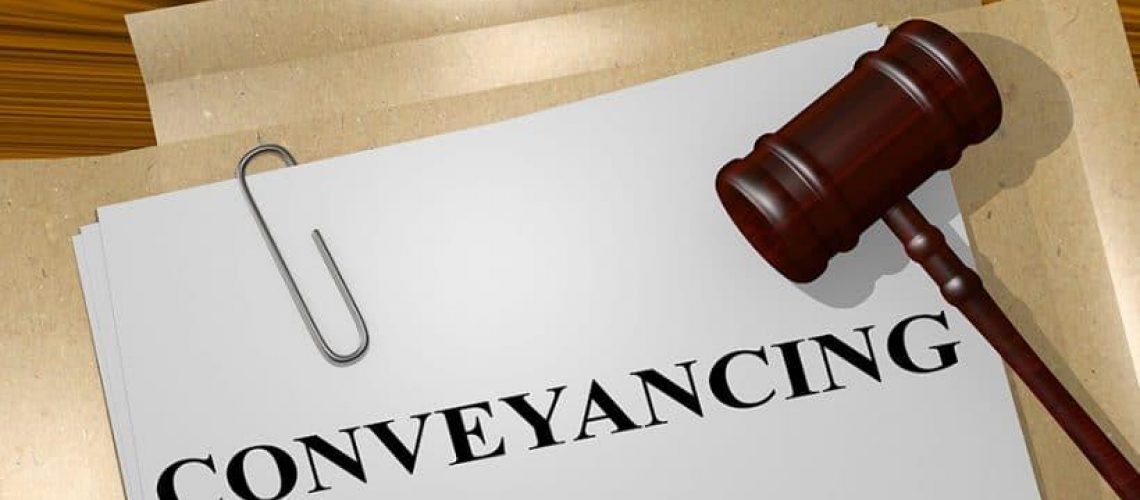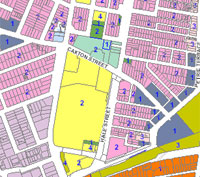
Navigating Flood Affected Properties in Queensland
Queensland is a beautiful state with a rich natural landscape, but it’s not without its challenges. One of the most significant risks that property buyers and owners face in this region is flooding. With its heavy rainfall and river systems, Queensland is prone to floods, which can cause significant damage to properties.
As a conveyancer, it’s essential to understand the implications of flooding on properties and guide clients in making informed decisions. In this article, we’ll discuss what to look for when buying a flood affected property and what to do if your property starts to flood.
What to look for when buying a flood affected property
Buying a flood affected property can be risky, but it doesn’t necessarily mean you should avoid it altogether. Here are some important factors to consider before making a purchase:

1. Flood Zone Classification
One of the first things you should check when buying a property in Queensland is whether it’s in a flood zone. Flood zone classification can range from low to high risk, and it’s crucial to know the exact classification of the property. You can obtain this information from the local council or a flood search report.
2. Previous Flood History
It’s also important to find out if the property has a history of flooding. You can ask the seller or agent directly or conduct a flood search report. If the property has experienced flooding in the past, it’s essential to investigate the extent of the damage and whether it has been repaired.
3. Insurance Coverage
Insurance coverage is critical for protecting your property in case of flooding. However, not all properties may be eligible for flood insurance, particularly if they are in high-risk flood zones. Make sure to check with your insurer before purchasing a property to ensure that you can obtain adequate insurance coverage.
4. Structural Integrity
Flooding can cause significant damage to a property’s structure, including its foundation, walls, and roof. It’s crucial to conduct a thorough building inspection to identify any structural issues that may have resulted from flooding. If there are any signs of structural damage, it’s essential to get a professional opinion on the extent of the damage and whether it can be repaired.
5. Flood Mitigation Measures
Finally, it’s important to check whether the property has any flood mitigation measures in place. These may include levees, dams, or water diversion systems. Properties with adequate flood mitigation measures can reduce the risk of flooding and minimize the damage caused.
What to do if your property starts to flood
Despite taking precautionary measures, floods can still occur, and it’s crucial to know what to do if your property starts to flood. Here are some essential steps to follow:
1. Ensure your safety
The most important thing to consider in a flood situation is your safety. If you’re in immediate danger, evacuate the property and seek higher ground.
2. Turn off electricity and gas
Flooding can cause electrical and gas hazards, which can be life-threatening. If you suspect that water has come into contact with electrical wiring or gas lines, turn off the electricity and gas immediately.
3. Document the damage
Once it’s safe to do so, document the damage caused by the flood. Take photos or videos of the affected areas, including any personal belongings that have been damaged.
4. Contact your insurer
Contact your insurer as soon as possible to report the damage and begin the claims process. Your insurer will advise you on what steps to take next5. Get professional help
Depending on the extent of the damage, you may need to seek professional help to repair your property. It’s essential to hire a licensed and qualified professional who specializes in flood damage restoration.
6. Take preventative measures
After the flood, it’s important to take preventative measures to reduce the risk of future flooding. This may include installing flood barriers, waterproofing your property, or elevating electrical wiring and appliances.
FAQs
1. What is a flood search report?
A flood search report is a document that provides information about a property’s flood risk, including flood zone classification, previous flood history, and potential flood hazards. You can obtain flood searches from the property’s Council website or through your Conveyancer. There may be fees associated with obtaining these reports.
2. Can I obtain insurance coverage for a flood affected property?
Insurance coverage for flood affected properties can be challenging to obtain, particularly if the property is in a high-risk flood zone. It’s essential to check with your insurer before purchasing a property to ensure that you can obtain adequate insurance coverage.
3. What should I do if I’m buying a property in a flood zone?
If you’re buying a property in a flood zone, it’s crucial to conduct thorough due diligence, including obtaining a flood search report, investigating the property’s flood history, and conducting a building inspection.
4. How can I reduce the risk of flooding on my property?
There are several measures you can take to reduce the risk of flooding on your property, including installing flood barriers, waterproofing your property, and elevating electrical wiring and appliances.
Floods can cause significant damage to properties in Queensland, but with the right precautions and knowledge, you can mitigate the risks. As a conveyancer, it’s crucial to guide clients in making informed decisions when purchasing flood affected properties and provide support if their property starts to flood.
When buying a flood affected property, it’s important to consider factors such as flood zone classification, previous flood history, insurance coverage, structural integrity, and flood mitigation measures. If your property starts to flood, ensure your safety, turn off electricity and gas, document the damage, contact your insurer, get professional help, and take preventative measures to reduce the risk of future flooding.
By following these guidelines, you can navigate flood affected properties in Queensland with confidence and minimize the impact of floods on your property. Remember, it’s always better to be safe than sorry when it comes to floods.
This is general advice only, contact your legal representative for specific legal advice





